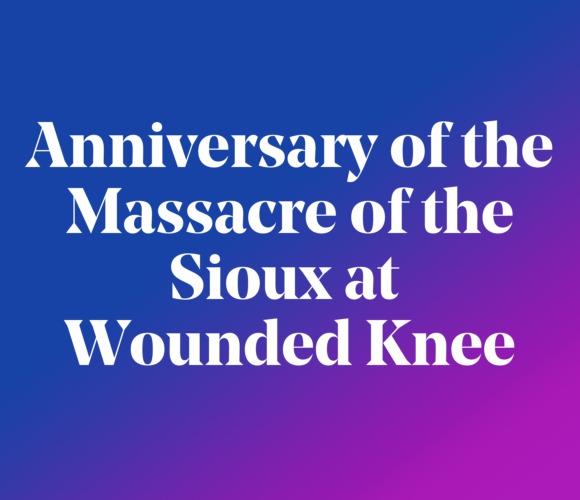
About
U.S. Army massacres Sioux Indians at Wounded Knee
Throughout 1890, the U.S. government worried about the increasing influence at Pine Ridge of the Ghost Dance spiritual movement, which taught that Native Americans had been defeated and confined to reservations because they had angered the gods by abandoning their traditional customs. Many Sioux believed that if they practiced the Ghost Dance and rejected the ways of the white man, the gods would create the world anew and destroy all non-believers, including non-Indians.
On December 15, 1890, reservation police tried to arrest Sitting Bull, the famous Sioux leader, who they mistakenly believed was a Ghost Dancer, at the Standing Rock reservation and killed him in the process.
On December 29, the U.S. Army’s 7th cavalry surrounded a band of Ghost Dancers under the Sioux Chief Big Foot near Wounded Knee Creek and demanded they surrender their weapons. As that was happening, a fight broke out between an Indian and a U.S. soldier and a shot was fired, although it’s unclear from which side. A brutal massacre followed, in which it’s estimated almost 150 Native Americans were killed (some historians put this number at twice as high), nearly half of them women and children. The cavalry lost 25 men.
Conflict came to Wounded Knee again in February 1973 when it was the site of a 71-day occupation by the activist group AIM (American Indian Movement) and its supporters, who were protesting the U.S. government’s mistreatment of Native Americans. During the standoff, two Native Americans were killed, one federal marshal was seriously wounded and numerous people were arrested.
